Premium Only Content
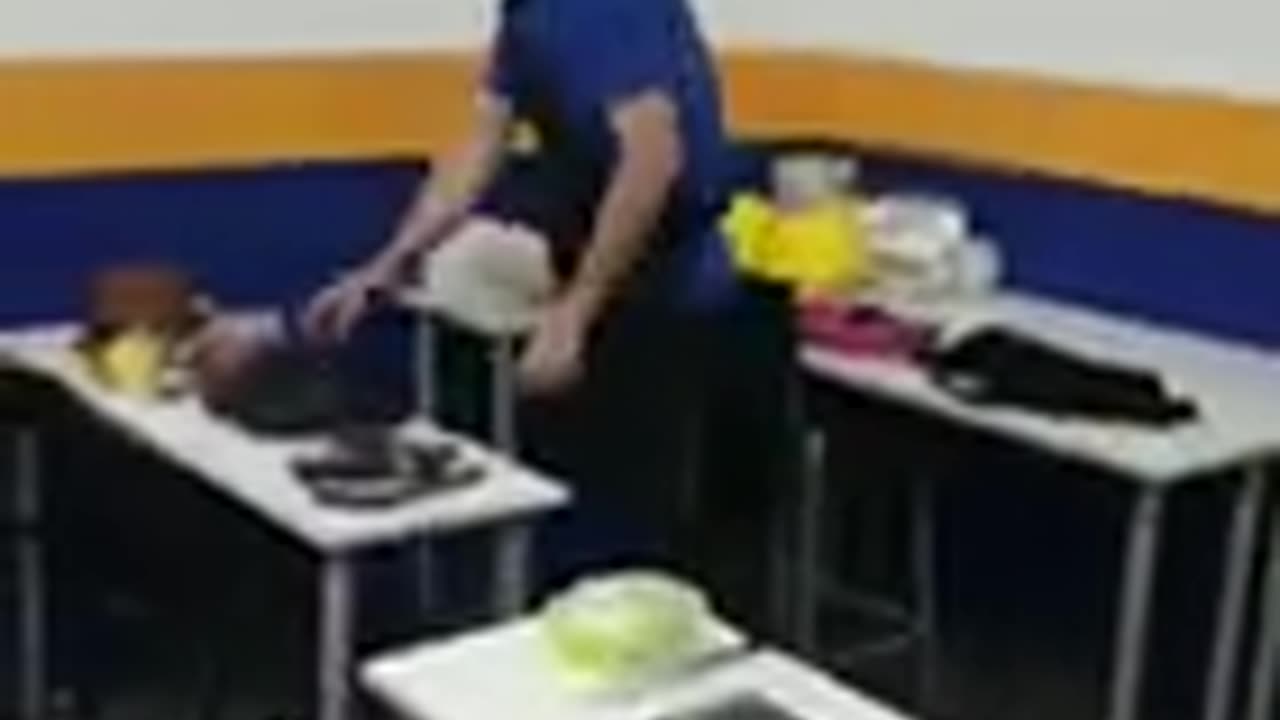
Cleaning vs. Sanitizing_ Know the Difference
### **Cleaning vs. Sanitizing: Know the Difference**
Maintaining a hygienic environment is essential in food handling, but it’s important to distinguish between **cleaning** and **sanitizing**. Each serves a unique purpose in ensuring food safety. Here’s a breakdown of the two:
---
### **1. What is Cleaning?**
**Cleaning** involves removing dirt, food particles, grease, and other debris from surfaces. It does not kill bacteria or other harmful microorganisms but prepares surfaces for effective sanitization.
#### **Key Aspects of Cleaning**
- **Purpose**: Remove visible dirt, grime, and organic material.
- **Tools**: Soap or detergent, water, and scrubbing tools like sponges or brushes.
- **When to Clean**:
- Before and after food preparation.
- When spills or debris are present.
- Regularly on high-traffic areas like counters and floors.
#### **Examples of Cleaning**:
- Washing dishes with detergent.
- Wiping down countertops with soap and water.
- Cleaning grease traps or grills.
---
### **2. What is Sanitizing?**
**Sanitizing** reduces the number of harmful microorganisms on a cleaned surface to safe levels, as defined by public health standards. It doesn’t necessarily remove dirt or grime, which is why cleaning must come first.
#### **Key Aspects of Sanitizing**
- **Purpose**: Kill or reduce bacteria, viruses, and other pathogens.
- **Tools**: Sanitizing solutions like diluted bleach, alcohol-based sprays, or heat (e.g., steaming).
- **When to Sanitize**:
- After cleaning food preparation surfaces.
- After handling raw meat, seafood, or eggs.
- Periodically in storage or serving areas.
#### **Examples of Sanitizing**:
- Spraying a food-safe sanitizer on a cleaned countertop.
- Using a dishwasher with a sanitizing cycle.
- Soaking utensils in a chlorine-based sanitizing solution.
---
### **3. Cleaning and Sanitizing Workflow**
1. **Remove Debris**: Use a brush or scraper to get rid of loose particles.
2. **Wash**: Clean the surface with detergent and water to remove grease and grime.
3. **Rinse**: Wash away any soap or detergent residue with clean water.
4. **Sanitize**: Apply a food-safe sanitizing solution or heat to the surface.
5. **Dry**: Allow the surface to air dry, as towels may reintroduce bacteria.
---
### **4. Why Both Are Essential**
- Cleaning ensures that visible dirt and grease are removed, making sanitizers more effective.
- Sanitizing reduces harmful microorganisms to levels safe for food contact.
---
### **5. Common Mistakes to Avoid**
- **Skipping Cleaning Before Sanitizing**: Dirt and grease can render sanitizers ineffective.
- **Improper Dilution**: Overly concentrated sanitizers can leave harmful residues, while overly diluted ones may not work effectively.
- **Cross-Contamination**: Using the same cloth or sponge for multiple surfaces can spread bacteria.
---
### **6. Cleaning and Sanitizing in Singapore**
- Follow the **Singapore Food Agency (SFA)** guidelines on maintaining hygiene in food establishments.
- Use cleaning and sanitizing agents approved for food preparation areas.
---
By understanding the difference between cleaning and sanitizing and implementing both correctly, you can maintain a safe and hygienic environment that protects your customers and ensures food safety compliance. Would you like a detailed cleaning schedule or sanitizing checklist for your facility?
-
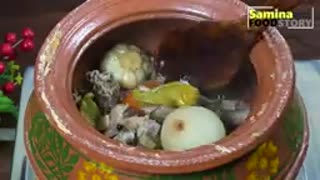 7:58
7:58
HSESafetyInformation
2 months agoAuthentic Peshawari Rosh _ Namkeen Gosht Recipe __ Traditional KPK and Baluchistan
611 -
 1:15:07
1:15:07
Ami's House
13 hours ago $1.01 earnedWhat an ACTUAL Military Expert Thinks of the War in Gaza – Nick Freitas | FULL EP
7.63K6 -
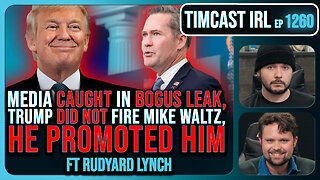 2:54:02
2:54:02
TimcastIRL
5 hours agoLiberal Media CAUGHT In BOGUS LEAK, Trump DID NOT Fire Mike Waltz, HE PROMOTED HIM | Timcast IRL
174K97 -
 LIVE
LIVE
MyronGainesX
12 hours ago $16.65 earnedSam Seder Embarrasses Ethan Klein, The Truth On MLK's Murder, And Trump's First 100 Days In Review
2,654 watching -
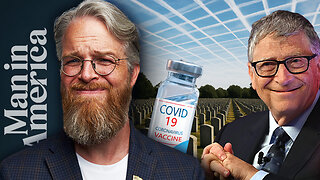 1:09:38
1:09:38
Man in America
8 hours agoEXPOSED: How Militaries Worldwide Are Engineering DEPOPULATION w/ Todd Callender
37.1K17 -
 LIVE
LIVE
SpartakusLIVE
7 hours agoNEW Update, NEW Weapons, NEW META?!? || Quads in VERDANSK
186 watching -
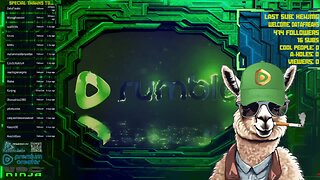 LIVE
LIVE
Jokeuhl Gaming and Chat
4 hours agoEmpyrion - Galactic Survival Long Range Jump Aquired
272 watching -
 4:42:30
4:42:30
Right Side Broadcasting Network
1 day agoLIVE REPLAY: President Trump Gives Commencement Address at University of Alabama - 5/1/25
145K19 -
 16:58
16:58
T-SPLY
11 hours agoDems’ Bad News: El Salvador Rejects Abrego, Democrats Fume!
72.1K55 -
 18:56
18:56
Nick Shirley
6 hours ago $2.85 earnedAsking People About Trump’s First 100 Days… How are Americans Feeling?
23K30